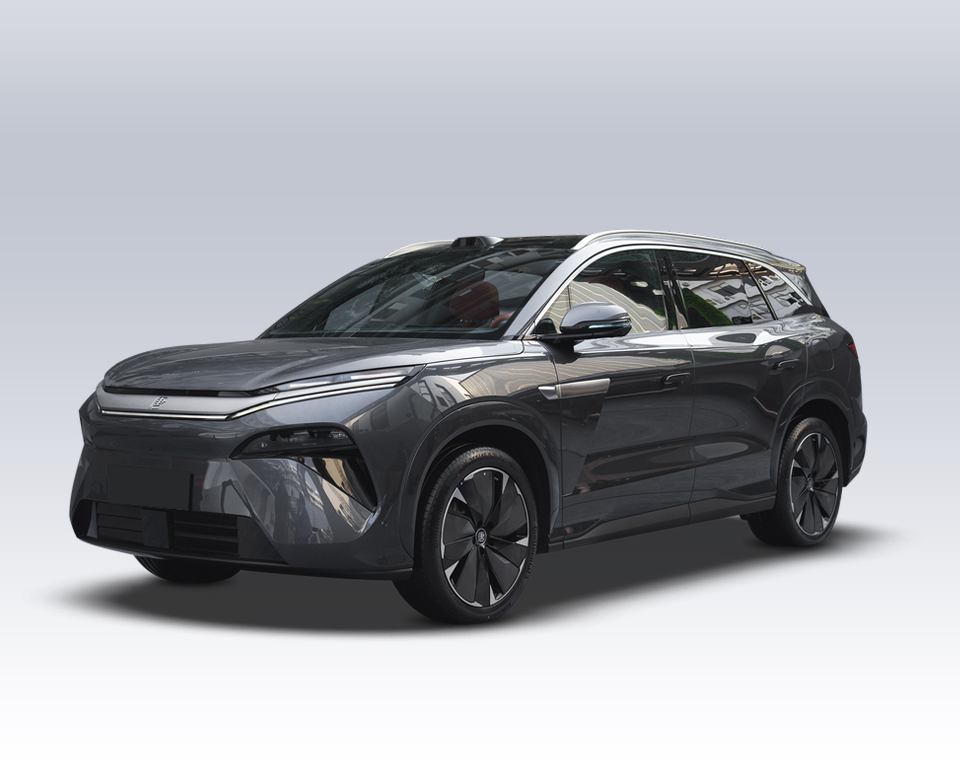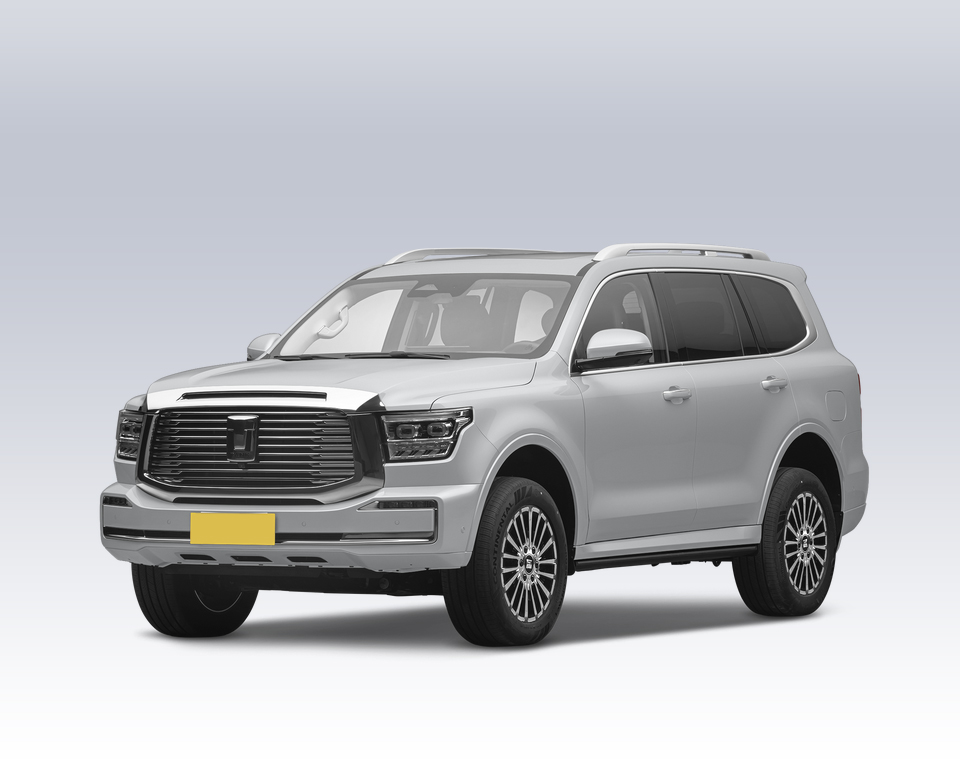What Sets the Hybrid Tech of BYD, Geely, Chery & Great Wall Apart?
As the global competition in new-energy vehicles intensifies, China’s domestic automakers are stepping up research and development in plug‑in hybrid electric vehicles (PHEVs). Leading brands like BYD, Geely, Chery, and Great Wall are not just advancing in batteries and motors—they’re locked in a “silent war” over engine thermal efficiency, DHT gearbox architecture, and control algorithms.
Below, we break down each brand’s technological highlights and market edge across four key dimensions: platform structure, powertrain core, gearbox architecture, and control strategy.
Catalog
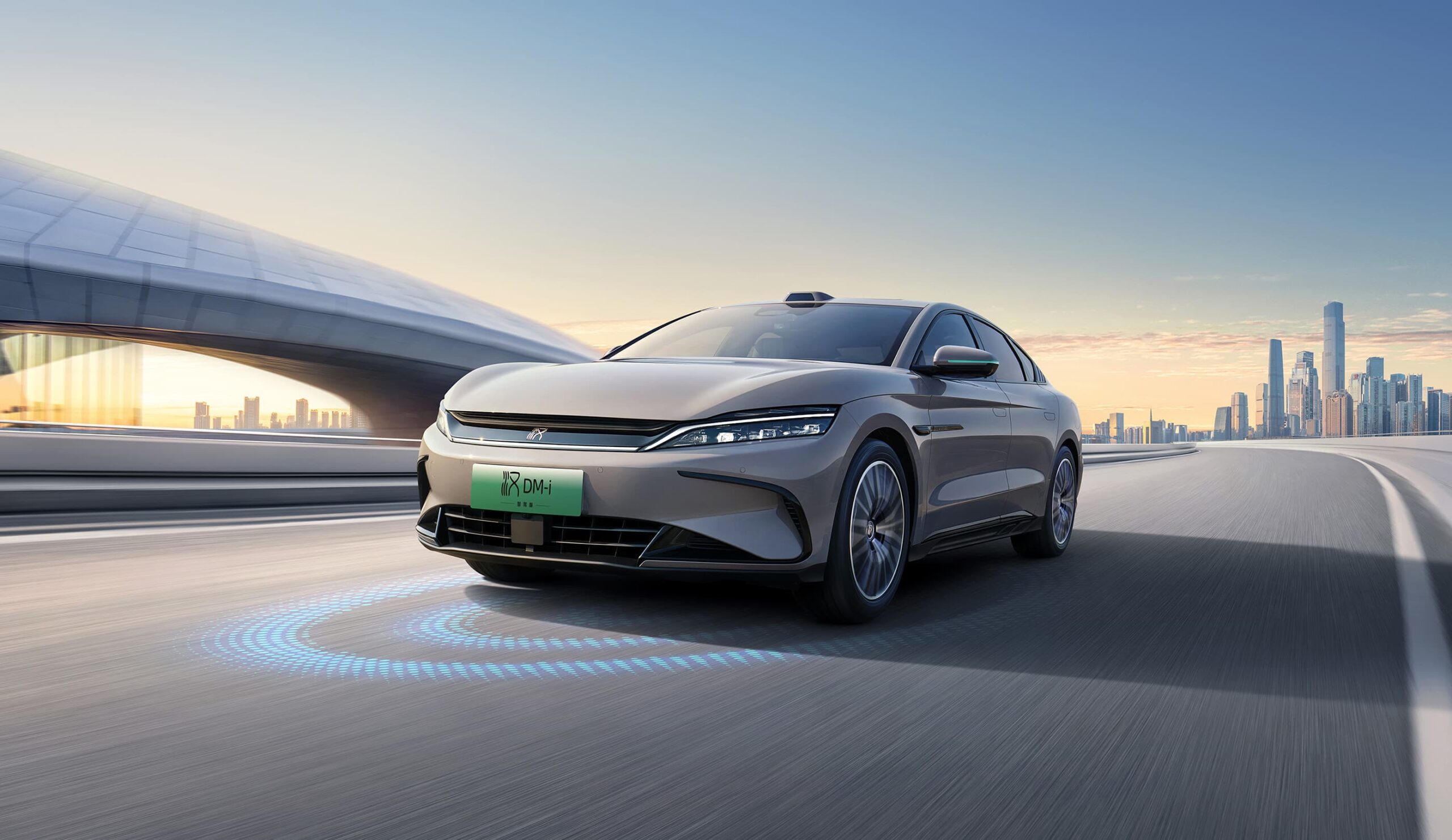
🔧 1. Top-Level Hybrid System Architecture — P1 + P3 (+ P4) Emerging as the Standard
Today’s Chinese PHEVs universally employ:
P1 generator (driven by the engine)
P3 motor (driving the main wheels via battery)
Optional P4 motor (on the rear axle for AWD, e.g., Great Wall’s Hi4 series)
A low-displacement, high-efficiency engine (1.5 L / 1.5 T / 2.0 T)
A series-parallel hybrid layout for flexibility and efficiency
Common structure:
Engine + P1: engine generatess electricity & can mechanically drive the wheels
Battery + P3: battery‑powered electric drive
Optional P4: rear‑axle or AWD support
Series-parallel hybrid: combines the best of both approaches
This unified platform allows each brand to differentiate via engine efficiency, gearbox design, and control logic.
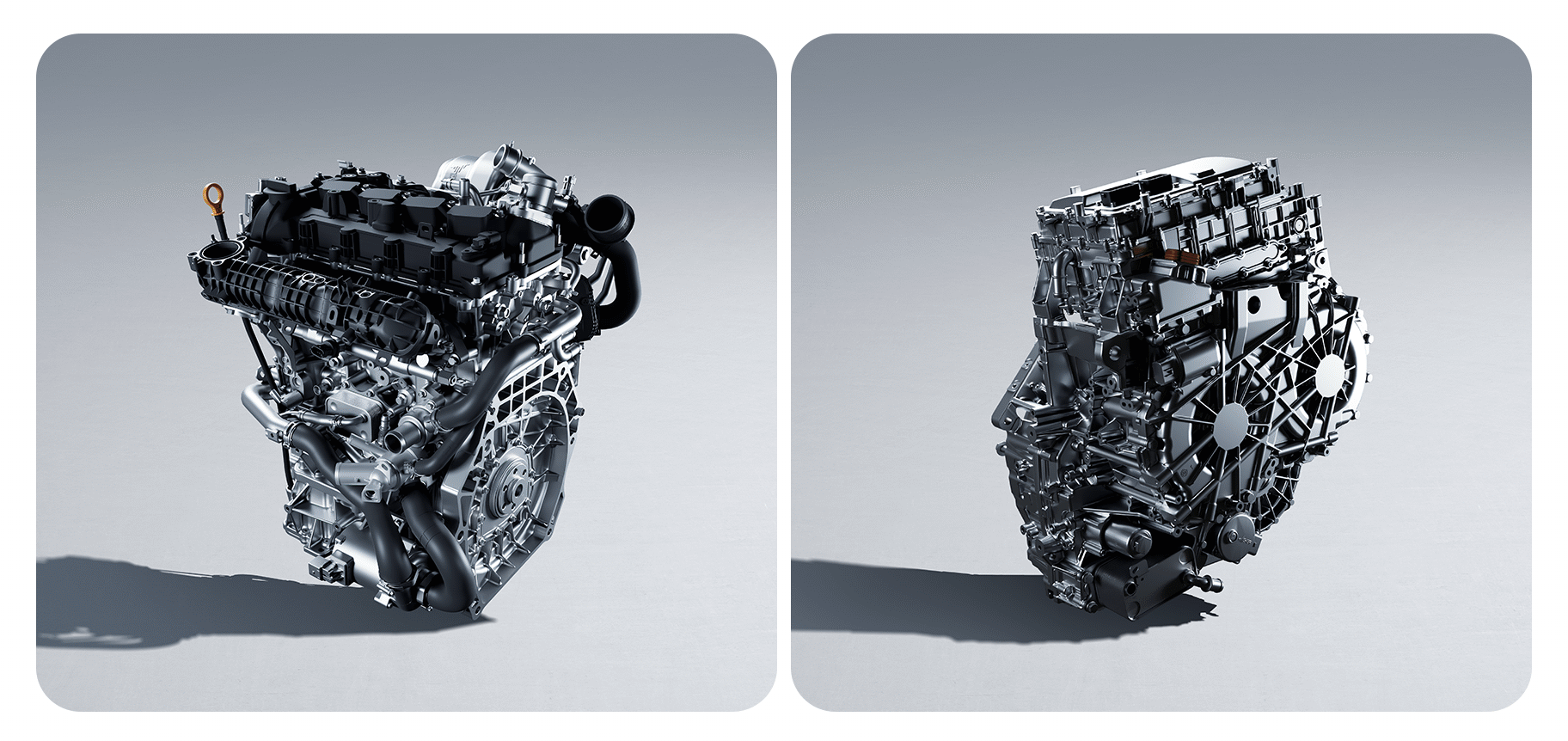
🔋 2. Engine Thermal Efficiency & Output Compared
| Brand | Engine Type | Thermal Efficiency | Real-World PHEV Fuel Use |
|---|---|---|---|
| BYD DM‑i | 1.5Ti / 1.5T | 45.3–46.05% | 3.8–4.95 L/100 km (when battery drained); range ~1000 km |
| Geely Thunder EM‑i | 1.5L NA | 46.5% | ~3.75 L/100 km; total range ≈2000 km |
| Chery C‑DM | 1.5TGDI | ~44.5% | ~4.2 L/100 km |
| Great Wall Hi4 | 1.5T | — (not disclosed) | High-performance across full speed range |
Summary: All above ~44% efficiency. BYD and Geely lead at the single-cylinder peak. Chery is competitive, and Great Wall prioritizes performance using multi-speed DHTs.
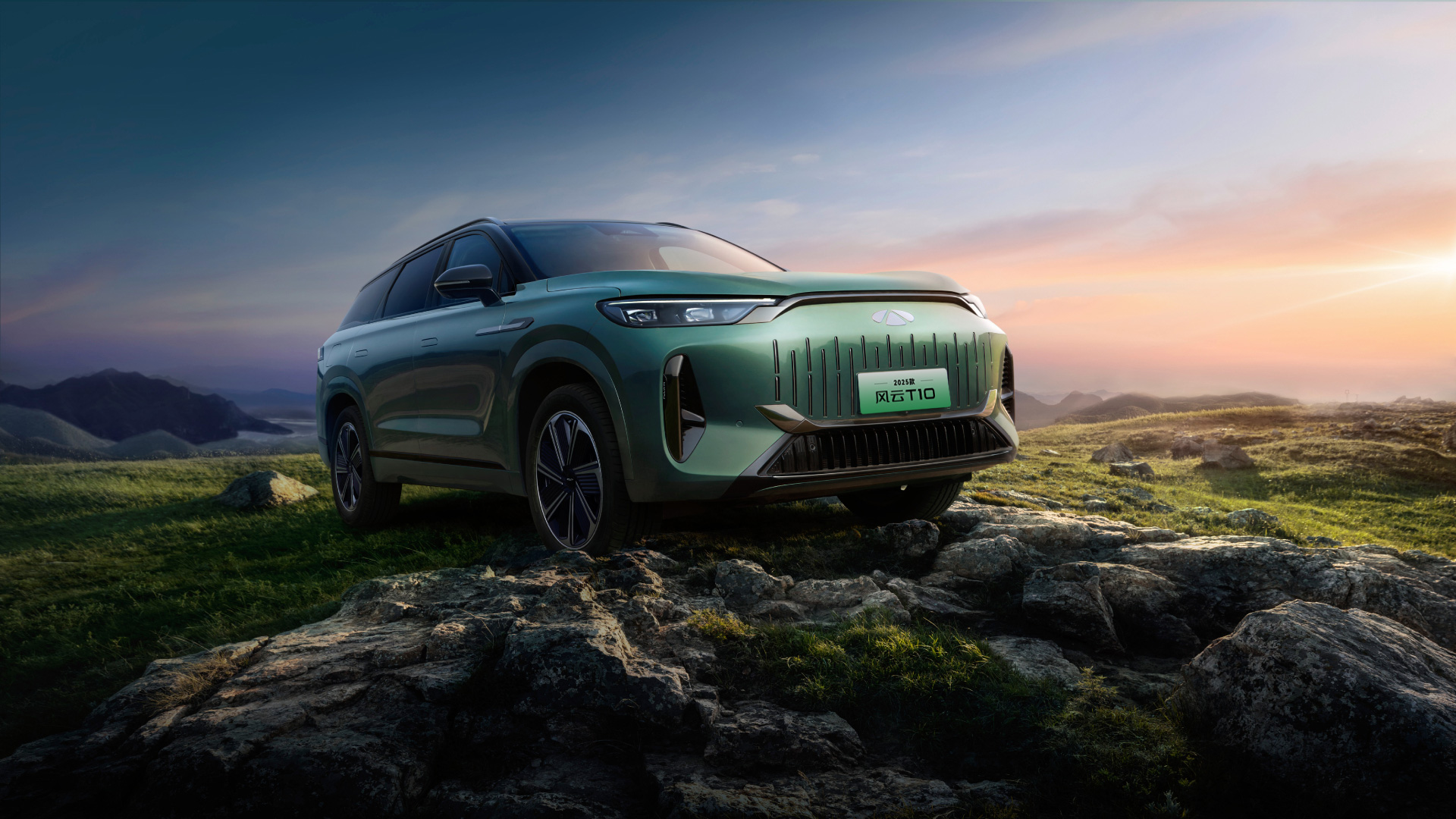
⚙️ 3. DHT (Dedicated Hybrid Transmission) Structure Differences
Transmission design affects speed range participation and cost:
BYD DM‑i: single‑speed DHT (P1 + P3). Focus on smoothness, efficiency, cost control. Models: Han DM‑i, Tang DM‑i, Song PLUS DM‑i, Seal 05/06/06DM.
Geely Thunder EM‑i / EM‑p:
EM‑i: single‑speed DHT, P1 + P3, electric-first strategy.
EM‑p: triple‑speed DHT, P1 + P3, more range‑extender style for high‑performance AWD (e.g., Lynk & Co 900).
Chery C‑DM: offers both CVT‑like (single-speed) and triple‑speed DHT; triple‑speed engages engine from 20 km/h—earlier than BYD, Geely.
Great Wall Hi4 series:
Hi4: two‑speed DHT + P2 + P4
Hi4‑T / Hi4‑Z: unusual four‑speed layout with longitudinal engine; Designed for full-speed performance.
Comparison at a Glance:
BYD: Single‑speed – prioritizes cost, smoothness, efficiency
Geely: Single‑speed / triple‑speed – EM‑i for max efficiency, EM‑p for performance
Chery: Single‑speed / triple‑speed – balance of smoothness and performance
Great Wall: Two‑speed / four‑speed – full-speed performance focus
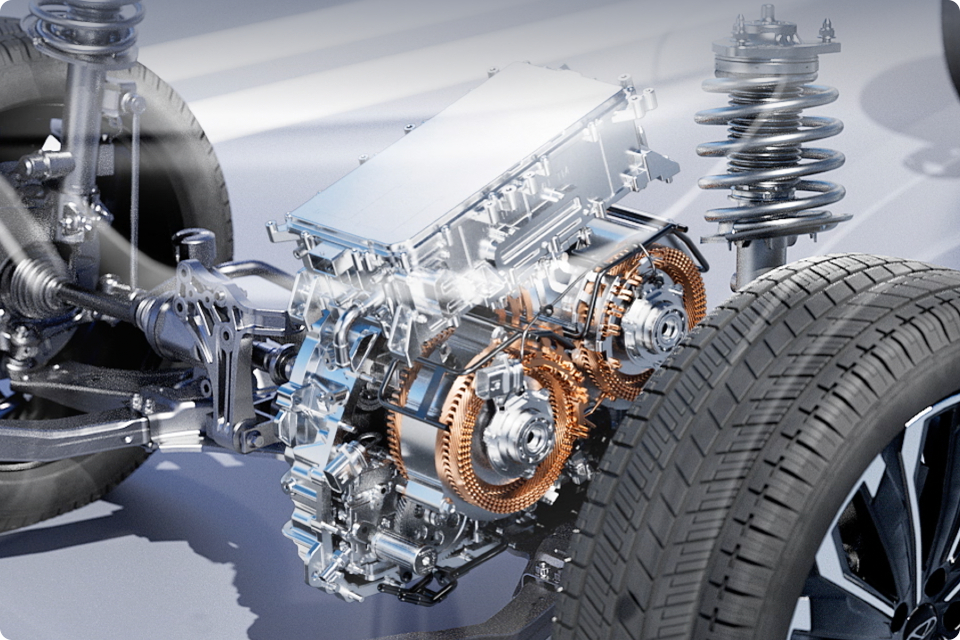
💻 4. Control Strategy & Real-World Behavior
The “soul” is the algorithm—deciding when to switch between-electric and engine, balancing speed and efficiency:
BYD: Fifth-gen DM favors electric drive initially; engine joins mid-speed. FSD suspension and thermal management enhance NVH and efficiency.
Geely:
EM‑i: low-speed pure electric, engine joins ~20 km/h.
EM‑p: uses triple‑speed DHT switching to balance efficiency and performance.
Chery: C‑DM engages engine between 20–70 km/h. Algorithm flexibly balances electric/engine for both torque and fuel economy.
Great Wall: More dynamic, using engine + P2 front-axle at low speed, then rear P4 when needed—full-speed smoothness and performance.
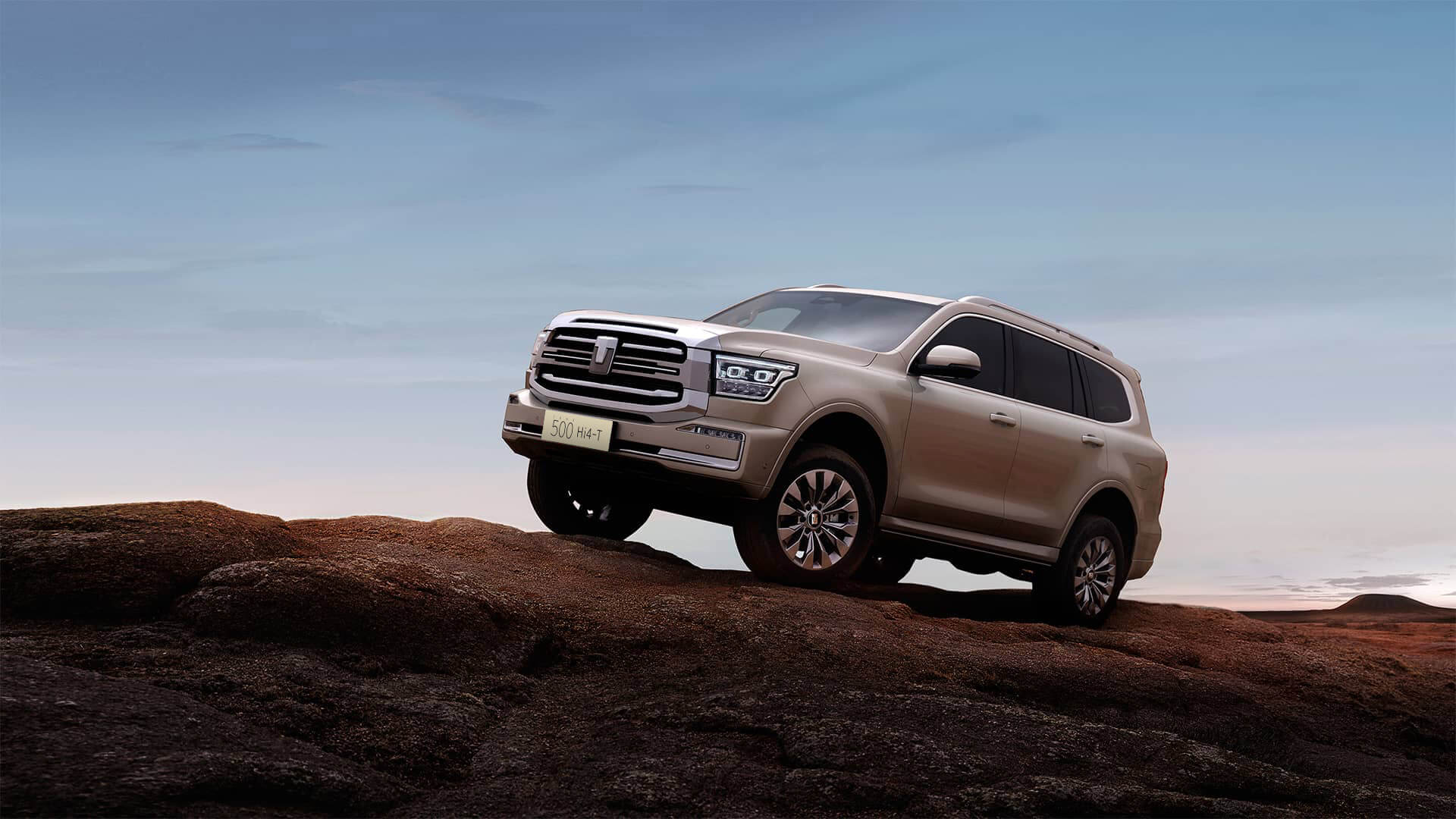
⚡ 5. Core Performance Comparison (EV Fuel Use, Range, Performance)
BYD DM‑i: 3.8–4.95 L/100 km, ~115 km electric, 1150–1350 km combined range, 0–100 km/h in ~6.9 s.
Geely EM‑i / EM‑p: ~3.75 L/100 km, >2000 km combined range; EM‑p high-end output: 291 kW / 570 Nm.
Chery C‑DM: ~4.2 L/100 km, >200 km electric, ~1500 km range; e.g., Jetour Lanyue C‑DM: 455 kW / 920 Nm, 0–100 km/h in ~5 s.
Great Wall Hi4‑Z: 863 hp (≈640 kW), 1195 Nm torque, 0–100 km/h in ~4 s; AWD and full-speed coverage even at base trims.
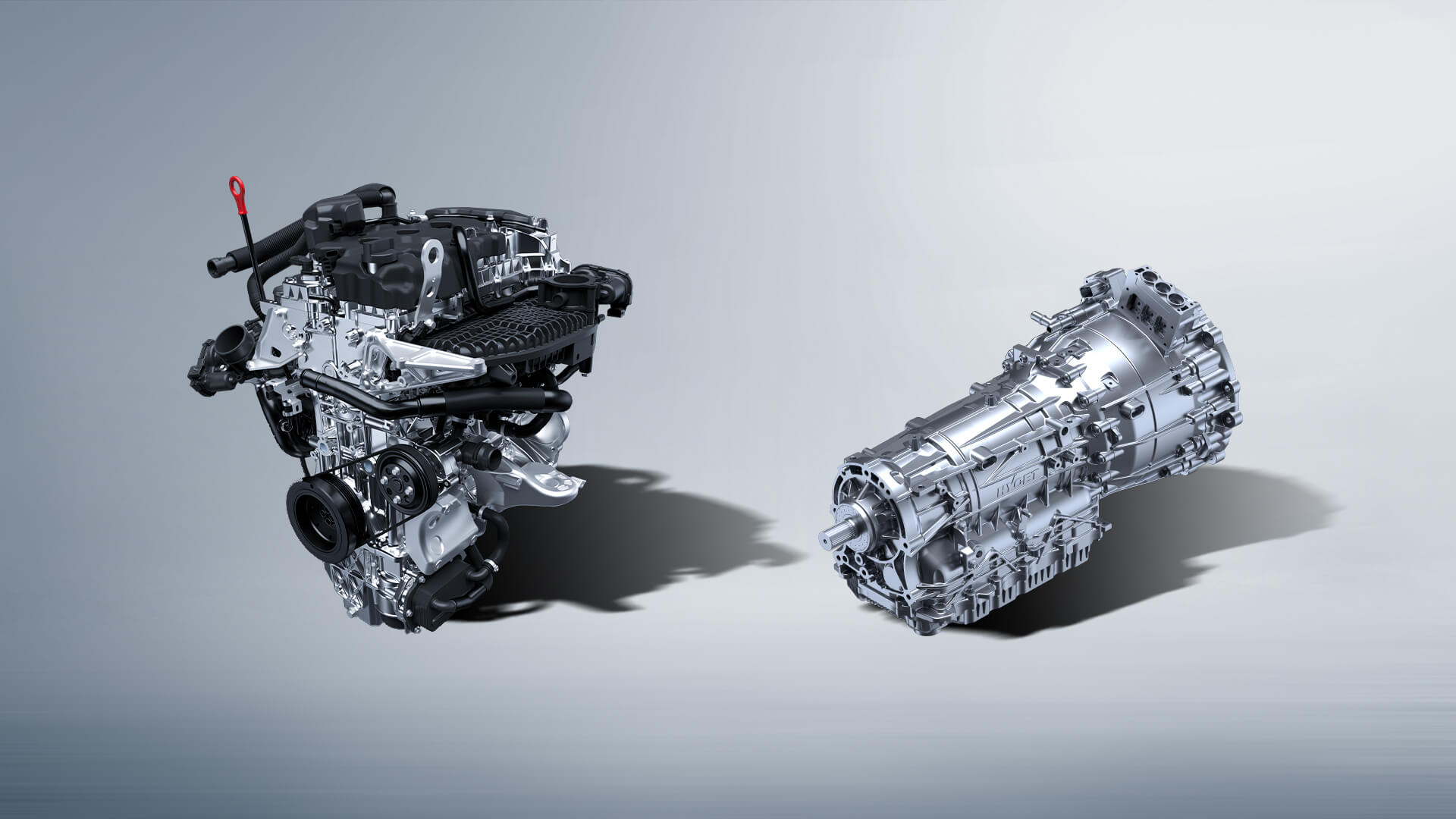
🛍️ 6. Buyer’s Guide: Which to Choose?
Ultimate fuel economy & long range → BYD DM‑i or Geely EM‑i
Balanced power & flexibility → Geely EM‑p or Chery C‑DM, though pricier
Want AWD + sporty/off‑road → Great Wall Hi4 (Hi4‑Z/T recommended)
Family practicality → BYD DM‑i and Chery C‑DM stand out for EV range, space, and value

🎯 7. Final Thoughts
From engines, structure, to control logic, China’s automakers are pushing beyond traditional PHEVs. High-efficiency engines, tightly integrated DHTs, and differentiated control strategies define each brand’s ecosystem. The four brands profiled demonstrate mature systems and cement China’s leading position in hybrid technology.
Please explore our blog for the latest news and offers from the EV market.


